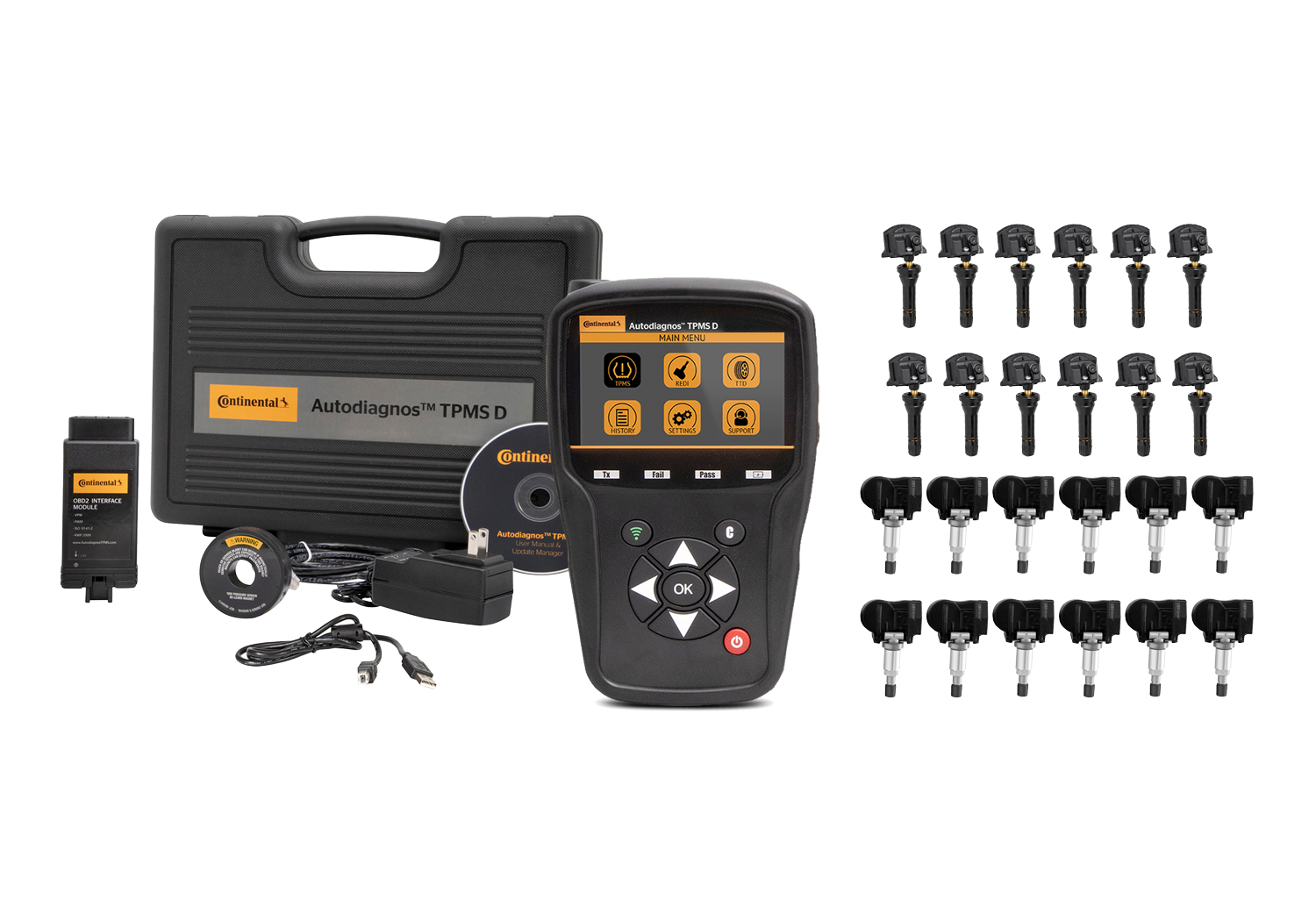One of the easiest ways to speed up TPMS work in your shop is to eliminate the need to call your supplier and wait for a TPMS sensor delivery. By keeping the four REDI-Sensors Multi-Application TPMS Sensors on hand, you’ll be ready to work on almost every vehicle in your shop. Instead of waiting for a parts delivery or spending time programming a ‘universal’ sensor, you can get right to work on your customer’s vehicle.
To be ready to service most of your customers with OE sensors, you would need to keep dozens of different sensors on hand. To be ready for your customers with REDI-Sensor, you just need a handful.
Why would I need dozens of OE sensors?
A lack of standardization and a wide variety of OE and aftermarket TPMS sensors on the market have caused tremendous TPMS parts proliferation. Many of these sensors require distinct RF protocols and use unique modes of operation. Parts stores have struggled to keep up with the huge number of TPMS sensors now on the market.
Some manufacturers have tried to address the proliferation of TPMS sensor parts with ‘universal’ sensors that are supplied as blanks and need to be programmed before installation. These programmable sensors may require technicians to learn specialized sensor relearn procedures that are different from the OE procedures. Many of the TPMS service issues experienced by shops today are caused by problems with programming these ‘universal’ sensors.
Avoid TPMS sensor programming delays
REDI-Sensor needs no programming, so there are never any programming hang-ups. It is a true multi-application TPMS sensor, and each REDI-Sensor can be used on a variety of makes and models. REDI-Sensor works with most major scan tools with up-to-date software, so you don’t have to purchase additional scan tools and software upgrades or undergo special training. If your scan tool is from Continental/Autodiagnos, Bartec, OTC, ATEQ, or T.I.P.S., you’re ready for REDI-Sensor.
